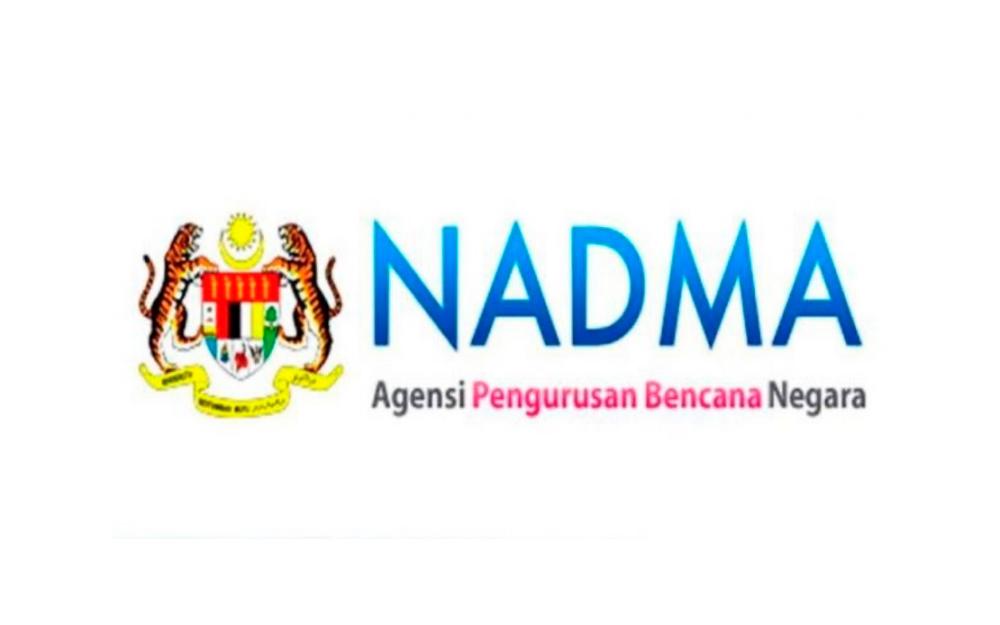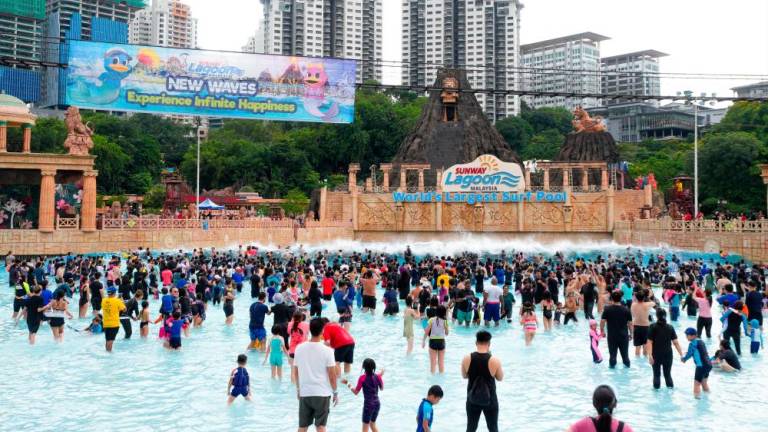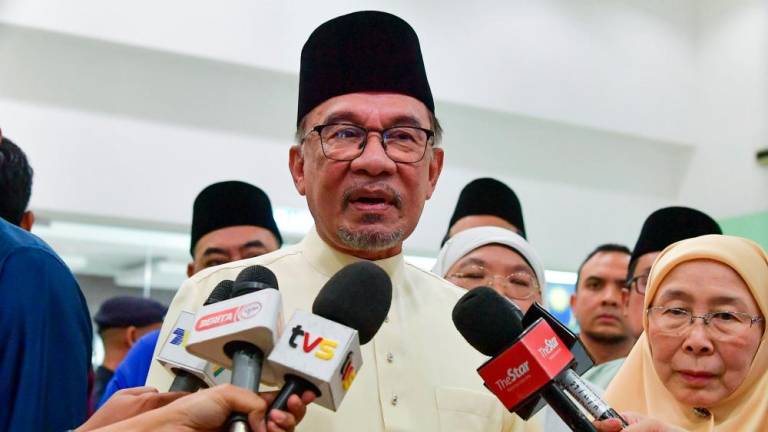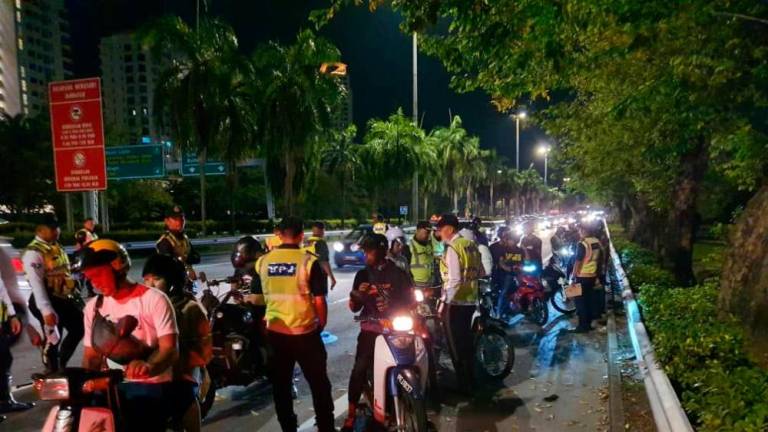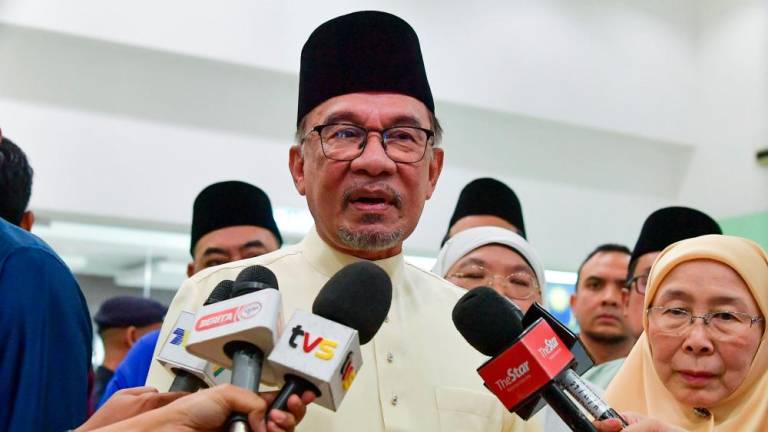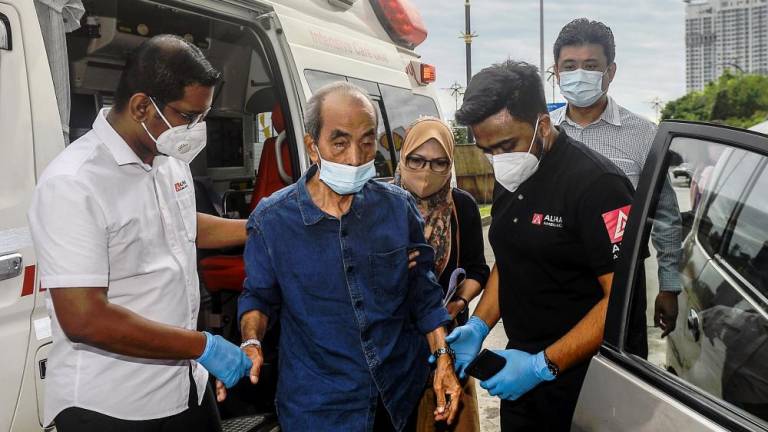TO renew their business licence with the Tourism, Arts and Culture Ministry travel and tour operators are required to attend the Travel and Tours Enhancement Course (TTEC), which was first developed 10 years ago and had undergone several revisions.
Minor improvements were done in 2014 and I managed to get the words “Execute Contingency Plan” inserted into one of the slides with the heading “Guidelines for handling emergency situation” for the module on “Safety and Security of Tourists”.
But most trainers were clueless about contingency plans. In the major revision carried out in 2018, I participated in the group tasked to overhaul the module on “Safety and Security of Tourists” and contributed a full slide on “Prepare contingency plans to handle emergencies”.
The seven key steps were: set up a working committee; brainstorming for staff, list down all problems/what may go wrong, find a minimum two solutions for each problem, seek approval from top management, briefing and training for all employees and to update/review regularly.
When concluding the module for “Safety and Security of Tourists”, 10 powerful statements were used to drive home with the last stating: “The work culture of an organisation is reflected by how it values the importance of safety and security, not vision and mission statements.”
In April 2018, I started writing on contingency plans and since then, many letters on this topic have been published.
From August the same year, I started to conduct contingency plans workshops for industry personnel and was not aware if others were conducting similar workshops.
In the latest TTEC revision in September this year, contingency plans have gained greater importance. It is now included as one of the learning outcomes in the module.
Trainees are to acknowledge that contingency plans are crucial in resolving incidents and emergency situations.
They will learn that once an organisation has developed its contingency plans and staff trained to execute them, only the top management will have access to the full version as it would contain confidential and sensitive information, with frontliners limited to areas under their purview.
Even customers could be given a mini version related to the goods or services they have purchased.
Members of a tour group may fully understand when instructed during pre-departure tour briefings, but many will forget when an incident or an emergency were to occur.
But if contingency plans are kept under lock and key, they are good for nothing. They should be in portable document format (PDF), distributed via smartphones and to be updated whenever there are changes to employees or suppliers, as their handphone contact numbers are crucial.
Recently, a little-known government agency came under public ridicule when floods started to ravage the country from Dec 17.
In the eyes of the people, especially flood victims, Nadma (National Disaster Management Agency) has now been seen as the National Disaster Mismanagement Agency.
In 2019, the US Centre for Excellence in Disaster Management and Humanitarian Assistance provided training alongside Nadma and several other organisations to 50 civilian and military disaster response stakeholders to enhance their knowledge in disaster response.
Following this learning event, a 96-page Malaysia: Disaster Management Reference Handbook was published in June 2019.
It offers a comprehensive guide that brings together important information about disaster management and response in the country.
After the December 2014 floods that impacted several states, especially Kelantan, with a total of 541,896 people affected and RM2.58 billion in losses, the Cabinet agreed in August 2015 to establish Nadma to take over the responsibility from the National Security Council.
Its vision is to be the lead agency for national disaster management and preparedness.
Its mission is to ensure the safety of people and well-being of the country by getting various parties to work together in building and improving capacity and preparedness in disaster management.
But instead of taking the lead in the recent floods, it seems to be lost, leaving other government agencies unsure of Nadma’s role, and politicians issuing conflicting statements.
In any case, adding another layer of command would hinder instead of help in speeding up disaster response.
Whatever the arrangements were, individual government agencies should be allowed to respond swiftly on their own, leaving behind only reserve teams to be at the beck and call of Nadma. But the litmus test on Nadma is its contingency plans and mobile app.
If there were any contingency plans that included frequently asked questions for the public, they should be posted on the website so they could be downloaded on smartphones and swiftly forwarded to those in desperate need of such information.
If Nadma is relying on phone calls to listen and take down reports, then it has not learned from radio taxi companies that have died like flies in recent years.
Employing many people to answer phone calls is utterly inefficient, regardless of the number of staff and phone lines.
Also, there is no need for a war room with giant maps showing disaster areas and whereabouts of rescue teams like in old Hollywood movies.
All that is needed is a mobile app to receive, process and distribute data without being slowed down by human intervention.
In 2012, a local startup launched the MyTeksi taxi app and later expanded to more than 10 on-demand ride-hailing services that include taxis, private cars, car-pooling, bicycle sharing, shuttle services, and bike taxis under Grab, which was recently listed at RM166 billion.
The super app has already ventured into multiple consumer services such as hotel bookings, on-demand video platform, ticket purchasing, food ordering, grocery shopping and a wide range of financial services that include payment and insurance.
It processes millions of bookings daily. Without automation, Grab would not be able to handle the huge volume of traffic.
If government agencies, such as Nadma, make use of mobile app to deal with the public, especially in times of crisis, complaints would be much fewer.
But sadly, sincerity and duty of care is grossly lacking in most government agencies. What is in abundance are syiok sendiri ceremonies, sloganeering and speeches, with statements issued and videos recorded as evidence of such exercises that may include impressive demonstrations.
On Oct 5, Prime Minister Datuk Sri Ismail Sabri Yaakob launched the National Preparedness Month (BKN) 2021.
BKN is celebrated every October and aimed at improving the level of awareness and preparedness for disasters, especially in view of the monsoon season, which could result in an increase in floods and landslides.
The launch was accompanied by a grand ceremony that showcased the capabilities and state-of-the-art assets belonging to various authorities and the Special Malaysia Disaster Assistance and Rescue Team (Smart) demonstrating high angle rescue by descending from ropes.
But they were immobilised by the flood as many residents, particularly in Taman Sri Muda, had to spend overnight on roof tops without food, water and electricity.
Young or old, infants or infirm, they were exposed to the elements and totally cut off from the rest of the world.
After the launch, Nadma director-general Datuk Dr Aminuddin Hassim told reporters that a new legislation to tackle risks of disaster will be formulated next year in an effort to identify risks of disaster and to ensure community preparedness.
He was reported to have said, “This is important because we want to introduce, enhance awareness and mobilise relevant agencies in terms of identifying dangerous slopes, roads to be closed in case of a disaster, and enforcement that will be implemented. The tasks of the relevant agencies will be coordinated to ensure that the disaster can be dealt with properly.”
On Oct 6, Nadma issued a statement that special functions minister Dr Abdul Latiff Ahmad had called for all agencies at state and district levels to cooperate and ensure that preventive and mitigation measures are carried out based on data and scientific studies.
On Nov 8, the prime minister launched #DisasterReadyMalaysianFamily Programme in Putrajaya and disclosed that Nadma is the main agency that assists the government in formulating appropriate measures before, during and after disasters, and had taken proactive steps to come up with the Disaster Risk Reduction (DRR) policy.
He was reported to have said, “DRR is not just about preparing the necessary infrastructure to face disasters but covers all risk prevention and mitigation measures in every stage of the disaster cycle.”
He added, “The impact of disasters, such as loss of life, intellect or property, during or after a disaster, is not easy to face. It requires psychosocial support for the next of kin to rise again for the economic and family continuity.”
Earlier, the Malaysian Meteorological Department had forecasted heavy rains in Kelantan, Terengganu, Pahang and Johor from November until early January 2022 following the transition of the Northeast Monsoon that was expected to begin on Nov 3 and continue until March next year.
Despite such warning, it was still business as usual for the government and its many agencies. No efforts were spared to look good, pat each other on the back, showboating by organising grand launches, delivering impressive speeches, and sloganeering. Unfortunately, talk is cheap.
YS Chan is a master trainer for Mesra Malaysia and an Asean Tourism Master Trainer. He is also a tourism and transport business consultant and writer, and researcher for the Travel Industry Occupational Framework published by the Department of Skills Development. Comments: letters@thesundaily.com



